As the first total solar eclipse of the year approaches on April 8, anticipation is building among skywatchers in the Western Hemisphere. Among the prime viewing locations is Niagara Falls, straddling the US-Canada border, where authorities are bracing for an influx of visitors eager to witness this rare celestial event.
Niagara Falls, Ontario, Canada, has declared a state of emergency in preparation for the expected arrival of hundreds of thousands of spectators on the day of the eclipse. The breathtaking natural beauty of the falls combined with the unique vantage point to view the eclipse has drawn significant attention.
For the first time since 1979, the Canadian province of Ontario will be treated to a total solar eclipse, making this event even more special for residents and visitors alike. National Geographic has identified Niagara Falls as one of the prime spots to observe the eclipse due to its unobstructed view of the sky.
However, the unprecedented influx of tourists poses a significant challenge for local authorities. With more than one million people expected to gather in front of the falls to witness the eclipse, emergency measures have been put in place to manage the crowd effectively.
The eclipse, expected to be the longest in the last 50 years, will captivate viewers as the moon completely obscures the sun's rays for a few precious minutes. This rare alignment of the earth, moon, and sun will create a breathtaking spectacle that is not to be missed.
Niagara Falls Mayor Jim Diodati expressed anticipation for the historic event, noting that April 8 will mark a new milestone for the city as it welcomes an unprecedented number of tourists. However, he also emphasized the importance of ensuring public safety amidst the anticipated crowds.
With potential challenges such as traffic congestion and increased demand on mobile networks and emergency services, authorities are taking proactive steps to mitigate any disruptions. The eclipse will traverse the Pacific coast of Mexico before crossing the United States from Texas to Maine and reaching eastern Canada by afternoon.
While the eclipse will not be visible from Bangladesh, where it will occur during the nighttime hours, enthusiasts around the world are eagerly awaiting this celestial phenomenon. As preparations continue in Niagara Falls and beyond, anticipation is mounting for a once-in-a-lifetime experience under the shadow of the total solar eclipse.



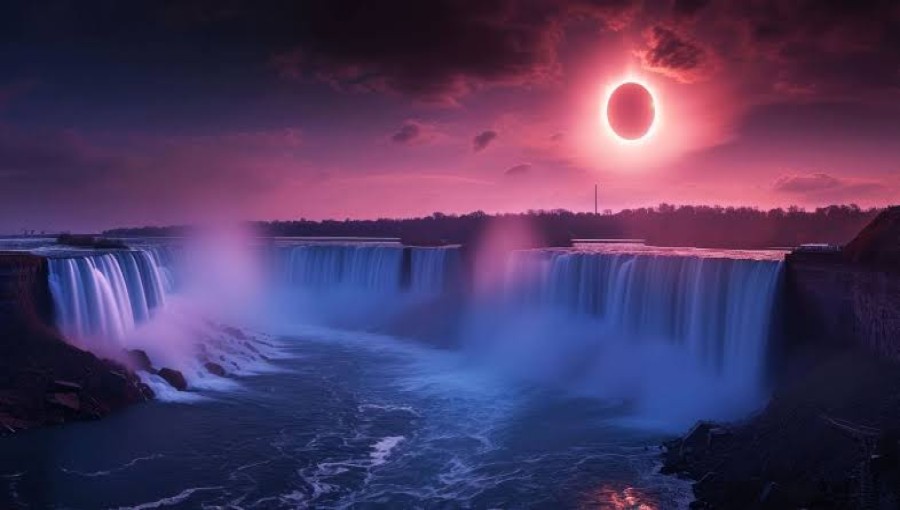

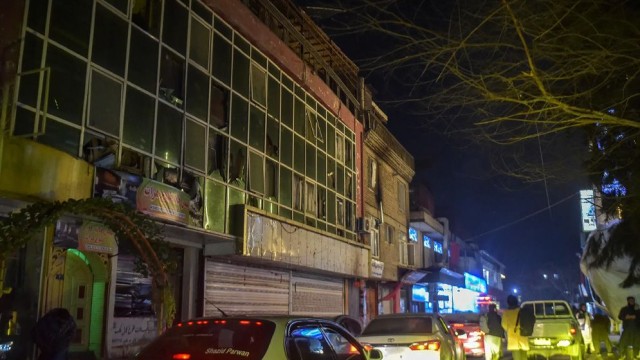
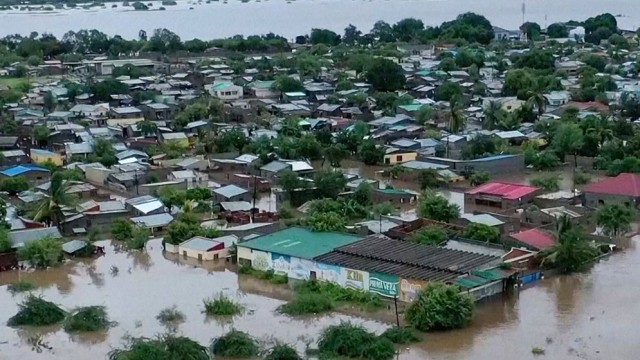




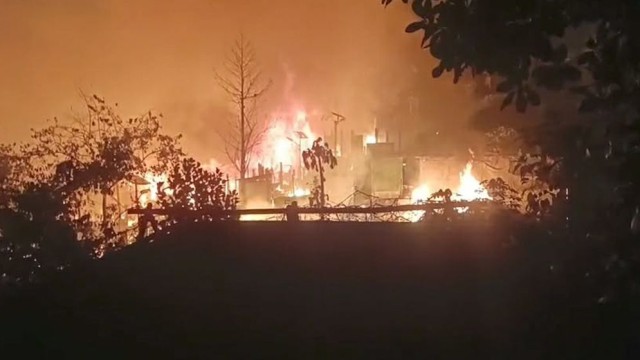

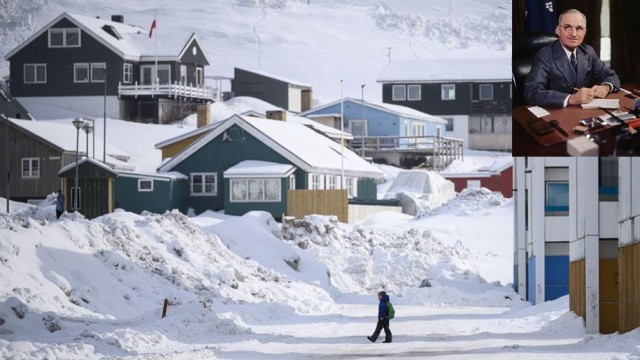








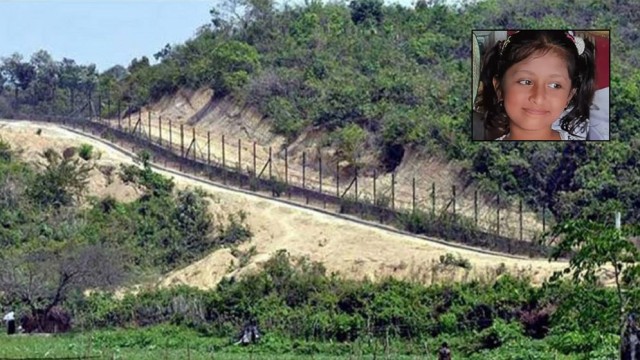








Comment: